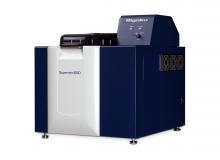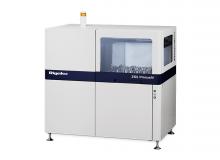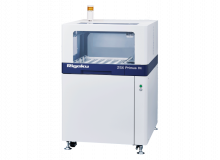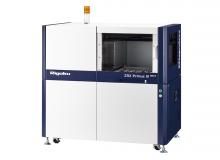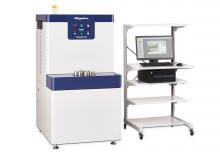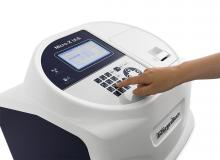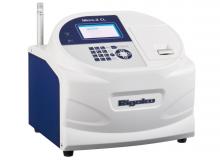Background
This application note demonstrates that single calibration for diverse materials, such as minerals, ores and refractories, was established by the fusion method on the Supermini200, a benchtop wavelength-dispersive (WD) XRF spectrometer. In XRF analysis by the fusion method for minerals, ores and refractories, it is necessary to apply different fusion conditions, such as dilution ratio, oxidizing agent, due to the difference of the optimum conditions for each material. In addition, some samples have crystal water or carbonate, which result in loss on ignition (LOI); on the other hand, some samples show gain on ignition (GOI).
"Fusion Bead Correction," an optional program of the ZSX software, mounted on the Supermini200, can apply correction for error factors in the fusion method, such as difference of the mixing ratio of flux and oxidizing agent to sample, LOI and/or GOI, as well as matrix correction for absorption and enhancement by co-existing elements. The Fusion Bead Correction plays an important role in the analysis demonstrated in this application note.
WDXRF Products from Rigaku
Benchtop tube below sequential WDXRF spectrometer analyzes O through U in solids, liquids and powders
High power, tube above, sequential WDXRF spectrometer with new ZSX Guidance expert system software
High-power, tube-below, sequential WDXRF spectrometer with new ZSX Guidance expert system software
Affordable, high-end, tube-above Industrial WDXRF for the analysis of solid samples
High-throughput tube-above multi-channel simultaneous WDXRF spectrometer analyzes Be through U


